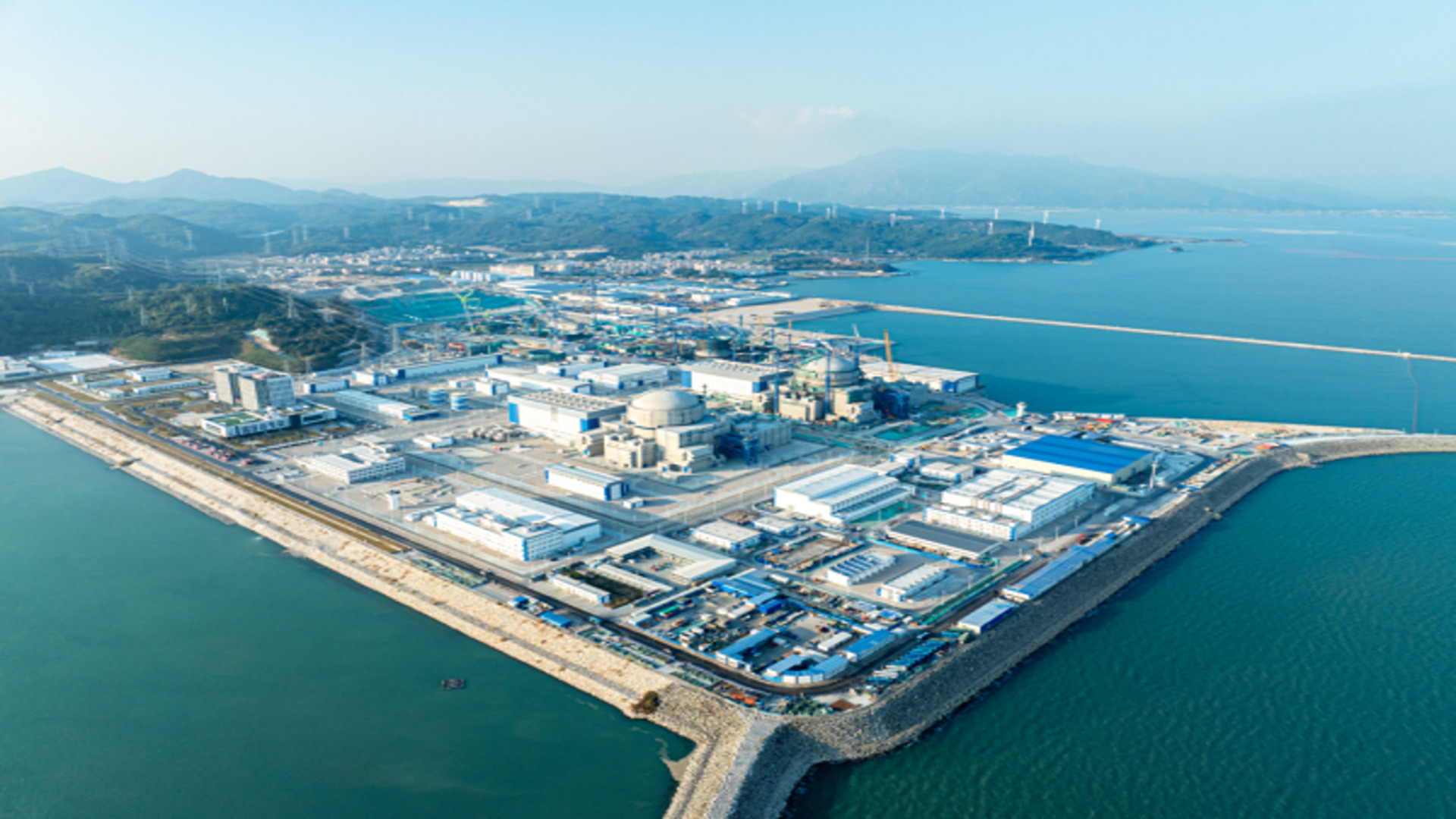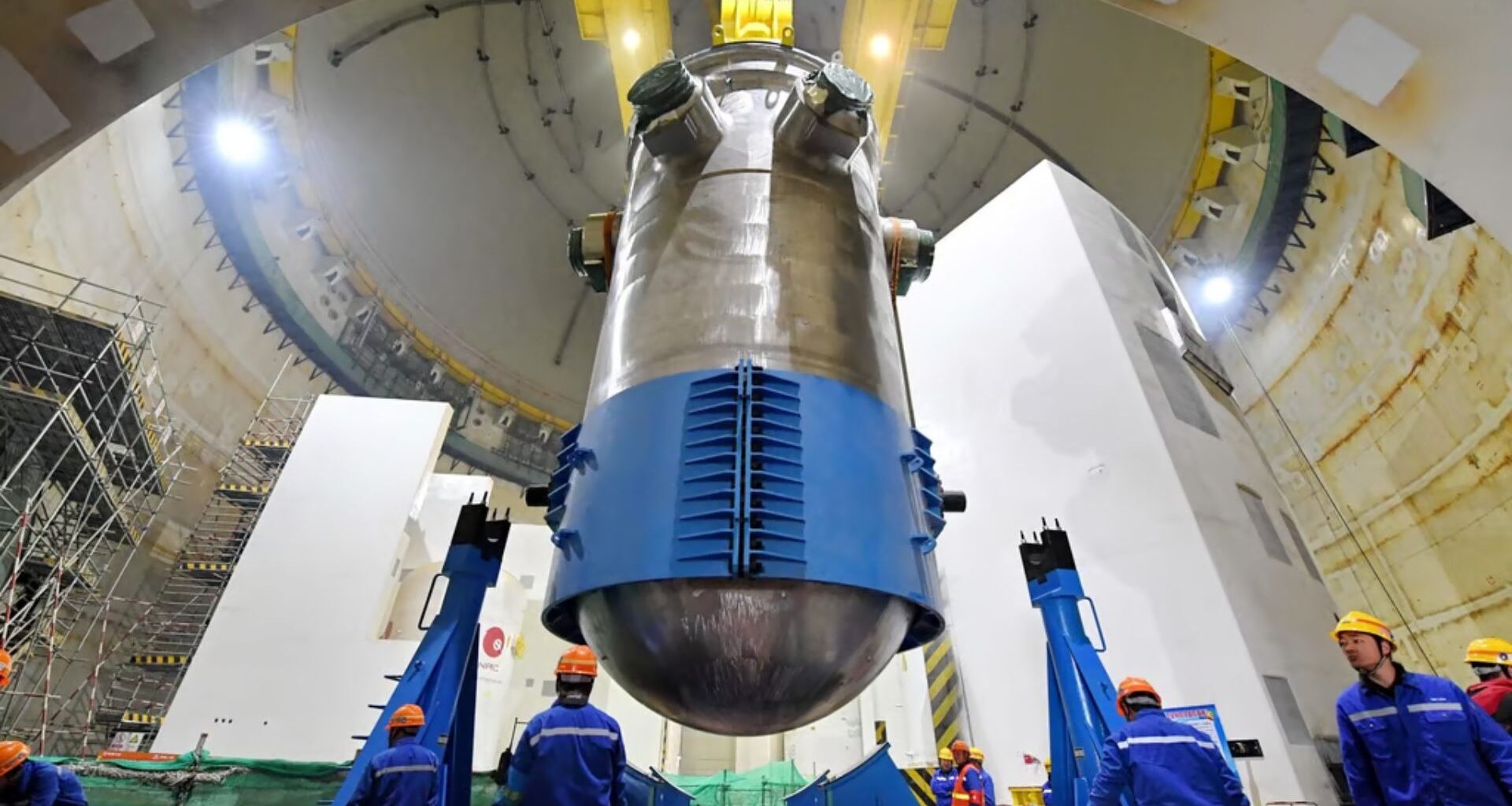The second unit of the Zhangzhou nuclear power plant in China has hit an important milestone after completing a hot functional test, thus clearing the way for the next steps toward fuel loading and joining the state grid.
Hot functional testing is a process that involves raising the temperature of the reactor’s coolant system and conducting a series of checks to ensure all safety and cooling systems are functioning properly.
Performed before nuclear fuel is loaded, the test simulates the plant’s thermal operating conditions and confirms that both nuclear and conventional systems meet design standards.
The current test comes just months after the Fujian Province-based plant made headlines when its first unit began operation on January 1, 2025, more than five years after construction first began.
Getting ready for commercial launch
The Hualong-1 reactor represents a key breakthrough in third-generation nuclear technology and highlights China’s significant progress in developing advanced, homegrown energy solutions to meet its growing power needs.
Owned by CNNC-Guodian Zhangzhou Energy Company—a joint venture between CNNC (51 percent) and China Guodian Corporation (49 percent)—the reactor is an indigenous, three-loop pressurized water design that combines features from CNNC’’’s ACP1000 and CGN’s ACPR1000+ models.
“Hot functional test of the No. 2 Unit of Zhangzhou nuclear power plant has been completed,” Mei Bingyun, chief engineer of China National Nuclear Corporation (CNNC) Zhangzhou Energy Co., Ltd., says. “Subsequently, we will proceed with fuel loading and grid connection as planned. According to the schedule, the No. 2 Unit will enter commercial operation in the fourth quarter of this year.”
The power plant is planned to eventually consist of six nuclear power units, each with a capacity in the million-kilowatt range, forming a large-scale energy hub designed to support China’s long-term electricity demands.
Project expectations
While only the first unit is currently in commercial operation, construction on three other reactors is well underway, signaling steady progress in the project’s phased development.
Once all six units are operating at full strength, the Zhangzhou nuclear power plant will have a total installed capacity of around 7.2 million kilowatts, with each reactor projected to produce more than 10 billion kilowatt-hours of clean electricity a year.
This, according to CNNC can meet the annual production and domestic electricity demands of one million people in moderately developed countries. The plant’s annual output is expected to cut standard coal use by 3.12 million tons and reduce carbon dioxide emissions by 8.16 million tons – an environmental benefit comparable to planting more than 70 million trees each year.
 The Hualong-1 base in Zhangzhou, southeast China’s Fujian Province.
The Hualong-1 base in Zhangzhou, southeast China’s Fujian Province.
Credit: China National Nuclear Corporation (CNNC)
This will play a vital role in supporting China’s efforts to transition to low-carbon energy, helping reduce emissions while meeting the country’s growing power demands with reliable, sustainable sources.
“Hualong-1 has become the world’s most widely deployed third-generation nuclear technology, both in operation and under construction,” Mei concludes. “This marks that China’s nuclear technology and overall competitiveness have reached the front ranks globally.”
Nuclear power currently accounts for only 5 percent of China’s electricity generation, with Beijing aiming to double that share to 10 percent by 2035, and 18 percent by 2060.
